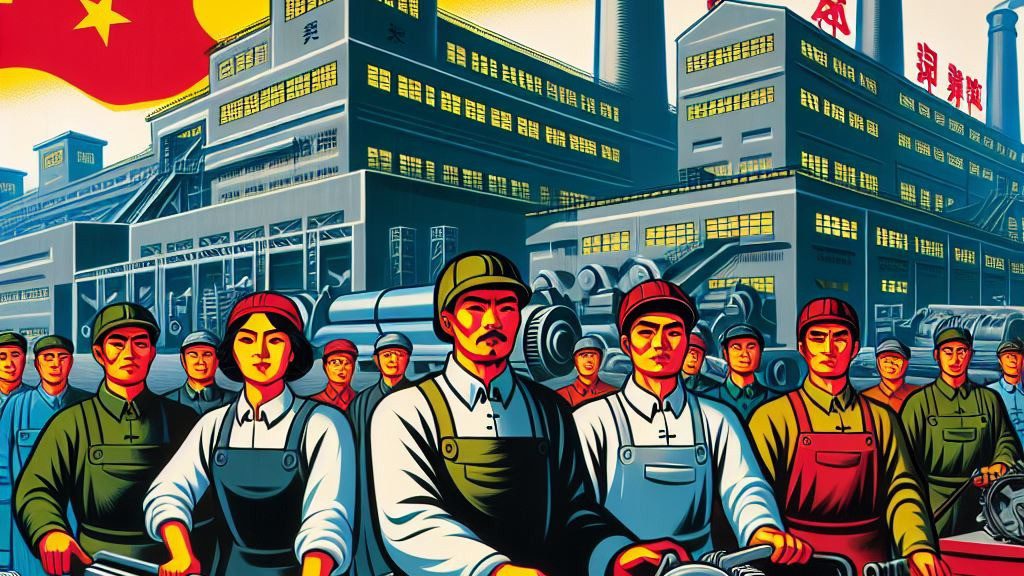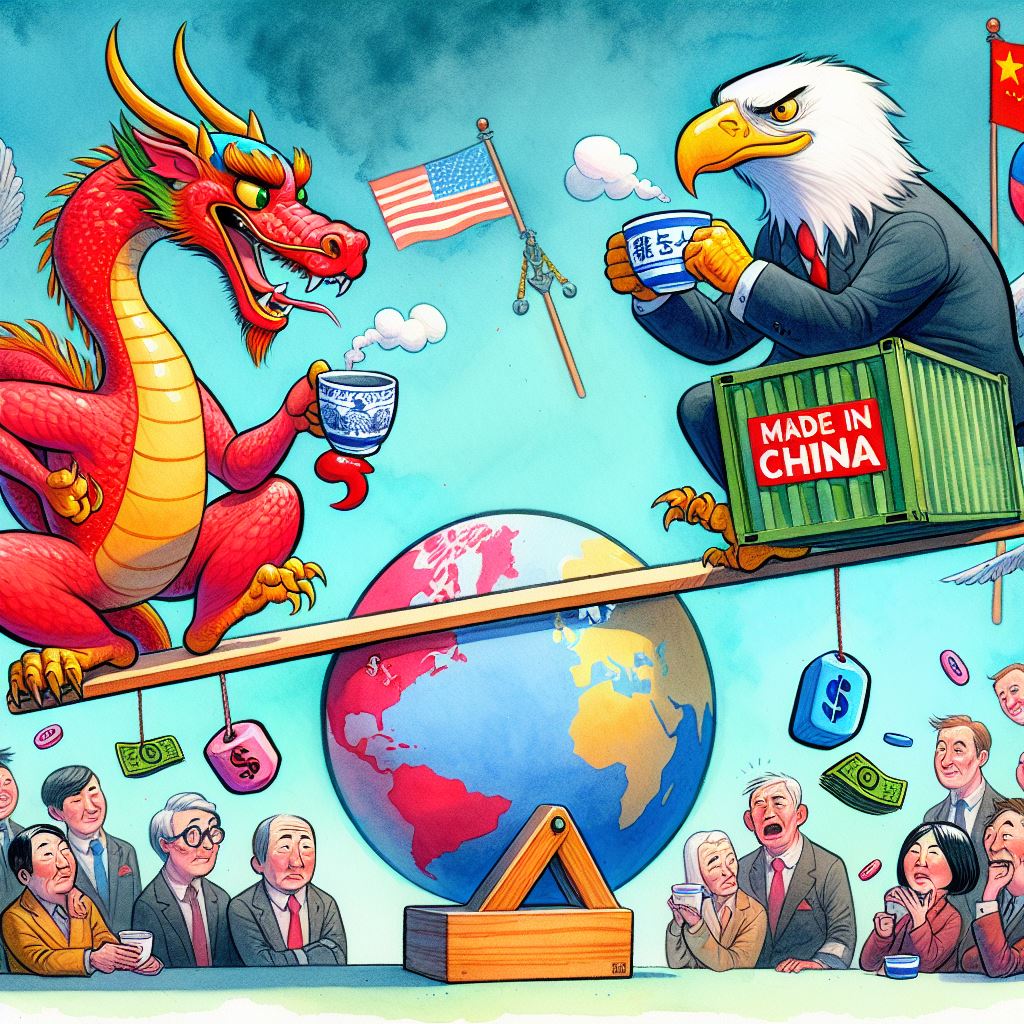The global competitiveness of China’s education industry relies on plenty of innovations the country has to offer. China’s higher education system accounts for about 40 million students by the end of 2020, making it the world’s largest higher education system. Moreover, the Ministry of Education stresses reform and innovation as the fundamental driving force towards a high-quality education system. Thus, amid the unprecedented predicament brought by COVID-19, the education market would need more advanced tools and methods that certain industries can provide.
Have a look at our previous article on Industry Spotlight: China’s Education Market
Innovative solutions present themselves as catalysts for advancement in a time of uncertainty like the COVID-19 pandemic. They can bring forth exciting opportunities which businesses in the education sector can take advantage of.
Overview of China’s education industry
The education industry comprises public, non-profit, or profitable establishments with the primary objective of providing education. The industry more specifically can be composed of elementary schools, secondary schools, community colleges, universities, government branches dedicated to education, online academies, vocational centers, and support services in the form of corporations. In terms of “going global”, the main sectors that are first associated may be that of private education, study abroad, training, and online education. By 2023, the education market in China is estimated to reach about USD 572.51 billion. Contributing factors to this growth may include:
- Increasing urban population
- Accelerating household wealth
- Rising government spending on education
- Rising approval of private higher educational institutes (especially in metropolitan areas)
- Growing internet penetration
- Inclining pre-school enrolments
- Increasing birth rates due to two-child policy
- Growing demand for quality short-term (foreign)language courses
However, intense competition, market entry barriers, and other related factors may challenge this projected growth in China’s education market.
Online courses/classes
The proliferation of online education during the height of the pandemic made profitability still possible for the education industry. These days, online learning is not only for homeschooling families, international schools and their students from all around the globe, or families of foreign students looking to apply for school abroad. The “new normal” has reinforced online learning as an open alternative for all students who have access to the internet. Learning online is also highly beneficial to over-crowded, poorly resourced schools in developing countries or students who cannot go to traditional classrooms for a variety of reasons. Moreover, parents (and their children) as customers, demand quality education no matter if the location is inside the classroom or from without. Because of this, the Chinese government stepped up to regulate such platforms to ensure the safety of both the business and the schooling aspects of the industry.
The Ministry of Education in China has issued regulations about mobile internet application programs’ filing and guidelines for creators, to ensure transparency and reliability of the applications. It has given greater care for the registration of the programs to allow for proper monitoring. Education Mobile Internet Applications are made available for faculty members, students, and parents for teaching, school management, students’ learning, and school life, and interacting with home schools. These mobile applications also allow for a healthy, orderly, and safe network space among the educating community involving teachers, school management, parents, and students.
The ministry’s effort to pay more attention to these applications may prevent as well the harmful information dissemination among education circles or any other condition that may produce a negative social impact.
Technological advancements in the education industry
Instead of the traditional classroom setting, numerous technological platforms have enabled different modes of learning delivery. These may be in the form of live streaming, video conferencing, online academies, university-provided online courses, augmented reality and virtual reality, textbook rentals, and open-source textbooks.
- Online academies – video conferencing may be an interactive form of having online classes that may be supplemented by students completing their courses entirely online. These online platforms may also come in the form of online programs, distance learning models, as well as live-streaming classes.
- Augmented Reality – these are virtual 3D models experienced or seen on 2D spaces (e.g. computer screen or projected visuals). Augmented Reality simulations may be useful in the study of the sciences and engineering. This way, lecturers may prepare interactive presentations and models without having to create physical models that may be too tedious to create.
- Virtual Reality – also known as VR, is a simulation in a space that lets users experience conditions as if happening in the real world. In so doing, virtual realities such as going through different systems in the human body to study anatomy may allow students to see different aspects of the human anatomy for study.
- Textbook rentals – instead of the traditional billion-dollar textbook-buying industry, students (and teachers) may instantly access online books and their features (e.g. answer keys, etc.) for a fraction of the retail price of the book.
- Open-source textbooks – these are books that are customized by educators and distributed to students (or that they can access easily and readily) to read on their devices. These textbooks are a combination of different authors that may be more fitting to the program the educators have planned for their students.
One-size fits all
A “one-size-fits-all” approach is not always feasible anymore. Certain institutions recommend that instead of grouping students by age, it may be more beneficial to the education industry to look to the students’ levels of intelligence, avenues for excellence, and potential. By doing so, educators may guide students, no matter the exact age, towards their full potential without being hampered by outlying abilities.
Moreover, other styles of learning may also be applied to students such as Mastery learning. By focusing on mastering lessons (learning), students may be able to focus better by learning lessons at their speed. That is, by studying and learning at their own time and pace, students may be able to reach success by understanding key concepts and mastering them instead of going through the task of trying to pass standardized tests.
Investments in the education industry
Innovations and new technologies in the education sector are enticing for investors to China whether foreign or domestic. In 2018, major investments in online education have taken place in China. Since they are preferred for capital investment, education establishments are considered good profitable business models with stable cash flows, high value-added services that present strong gross margins, and proliferation of consistently new technology which all contribute to the attraction in the capital markets.
Previously, the education sector entirely belonged to restricted industries for foreign investments. This meant that foreigners could only do business in education through a joint venture with a Chinese local partner. At present, however, China’s updated foreign investment catalogue now permits foreign enterprises in the form of WFOEs to establish vocational institutions in China without a domestic partner.
Read more about An Investor’s Guide to Incorporating WFOEs in China
The 2020 Negative List edition for foreign investments has opened opportunities for foreign enterprises to invest in vocational and training education in China’s Free Trade Zones. Consequently, the Chinese government offers several preferential tax policies for foreign talents in the FTZs and Greater Bay Area of South China.
Have you read? Financial Subsidy Application Procedures for Foreign Talents
Conclusion
The education industry in China is booming in both the business and learning aspects. It is important to be informed on the innovations of the industry to be able to make an educated decision regarding matters such as investment. On that front, it is also imperative that seasoned professionals understand your needs to be able to assist you further into your business ventures and deals. No matter your goals as regards investment in the education industry, from the trends forecasted in recent years (and despite the pandemic), success may just be around the corner.
Contact us
S.J. Grand provides advisory on setting up a business in China. We put our competent team at your service to give you the most effective China market entry, due diligence, and tax optimization strategy for foreign-invested enterprises. Contact us to get you started.
Moreover, we have been at the forefront of promoting full automation of business operations, especially for startups and SMEs. We have introduced our Cloud-based advanced solution, Kwikdroid, to make business transactions easier with us, no matter what type or size of the company. Visit our Kwikdroid page to learn more about the services we offer.
You may be interested to read about how to manage your company remotely using the advantages of Kwikdroid. Check it out!







